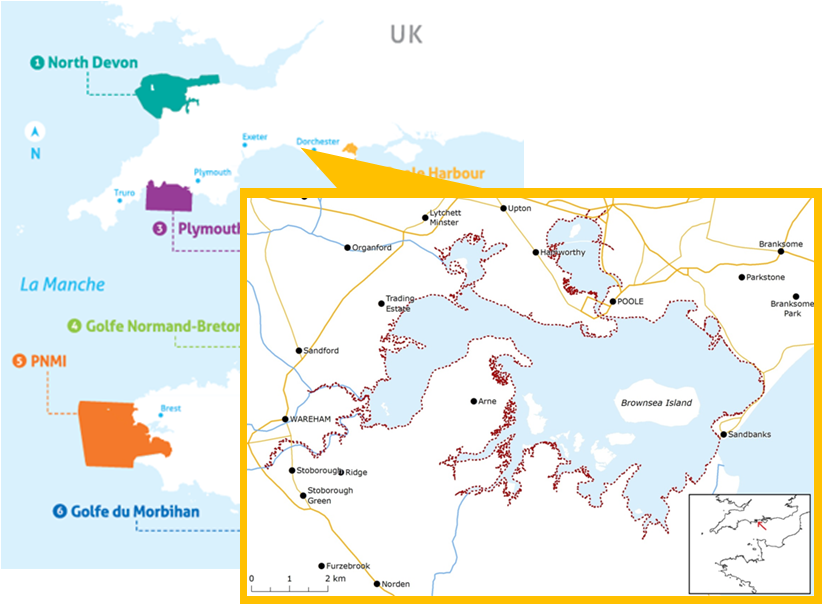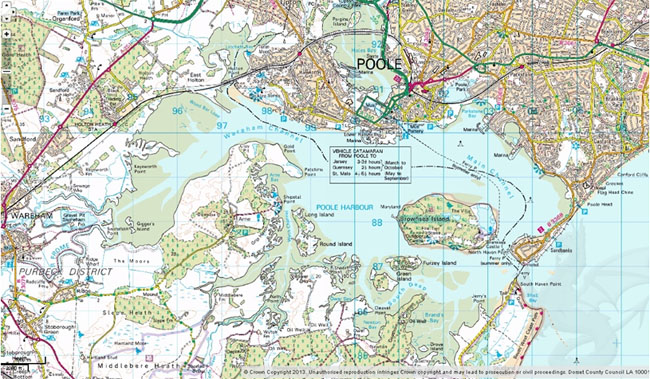5.2.1 Poole Harbour: Site Description


Physical Environment
Poole Harbour is considered to be one of the outstanding natural features of Southern England and one of the largest estuaries with an enclosed, lagoonal character in Britain.
At 36km2, it is one of the largest natural harbours in Europe. The site, with its eight islands, encompasses a number of estuarine, wetland and heathland habitats, including saltmarshes, reed beds, seagrass, mudflats, small beach areas, heathland, heath-woodland mosaics.
It has large areas of built environment that includes flood and coastal defences around the more urbanised North shore.
The Harbour is of high ecological value with a diversity of sensitive habitats and species, covered by a host of national, European and international nature conservation designations, including:
- multiple Sites of Special Scientific Interest (SSSI),
- RAMSAR for being the best and largest example of an estuary with lagoonal characteristics in Britain,
- Area of Outstanding Natural Beauty (AONB)
- Special Protection Area (SPA) for its internationally important wintering, migrating and breeding wildfowl and waders.
The Poole Harbour Special Protection Area is entirely marine in its designation, and protects a number of features of interest including Recurvirosta avosetta, Sterna hirundo and Spartina anglica. The harbour is also home to important bass nurseries.


